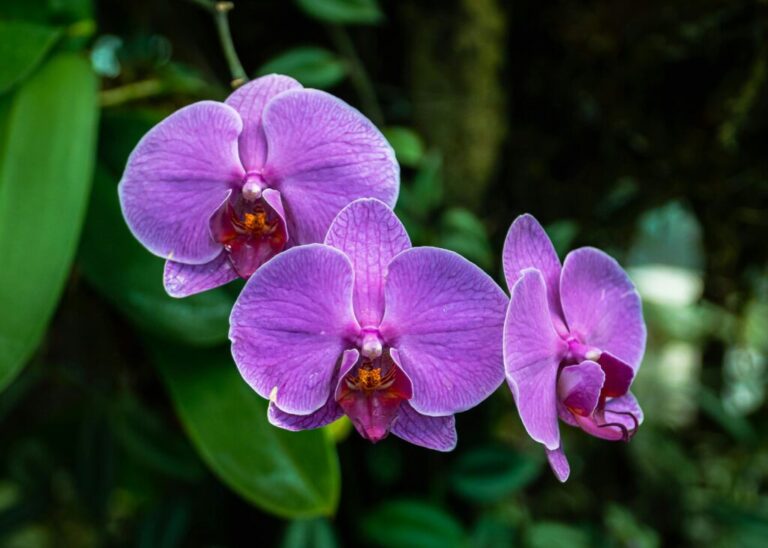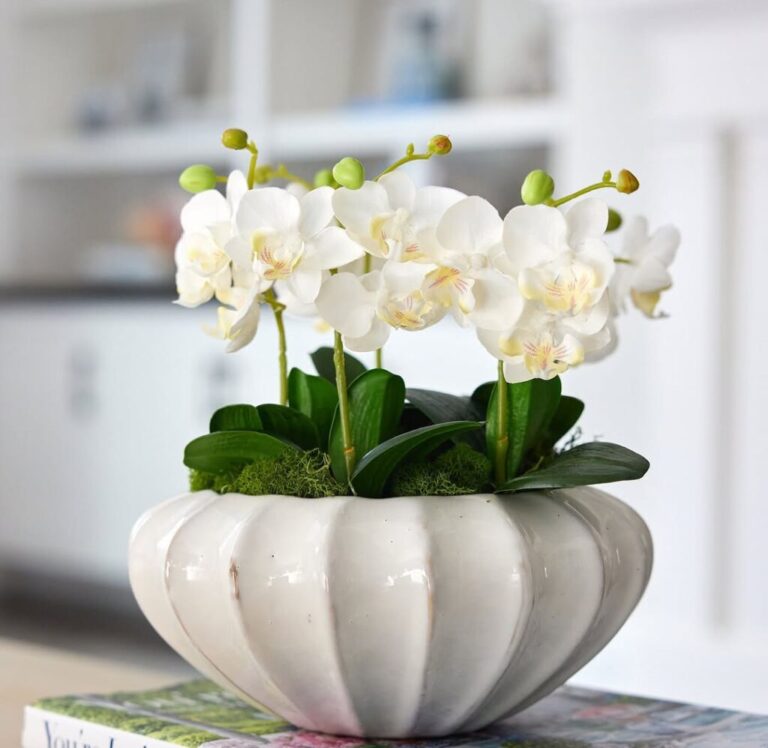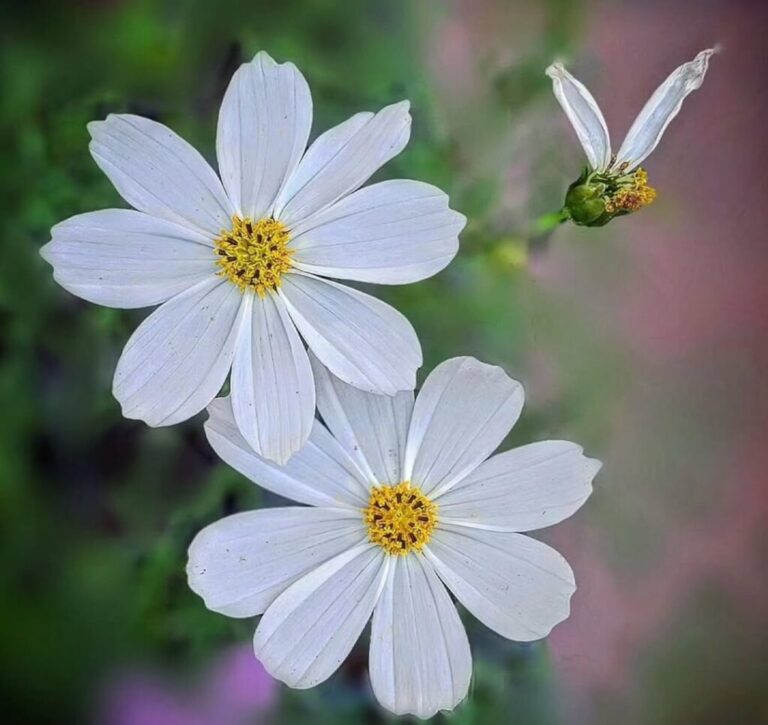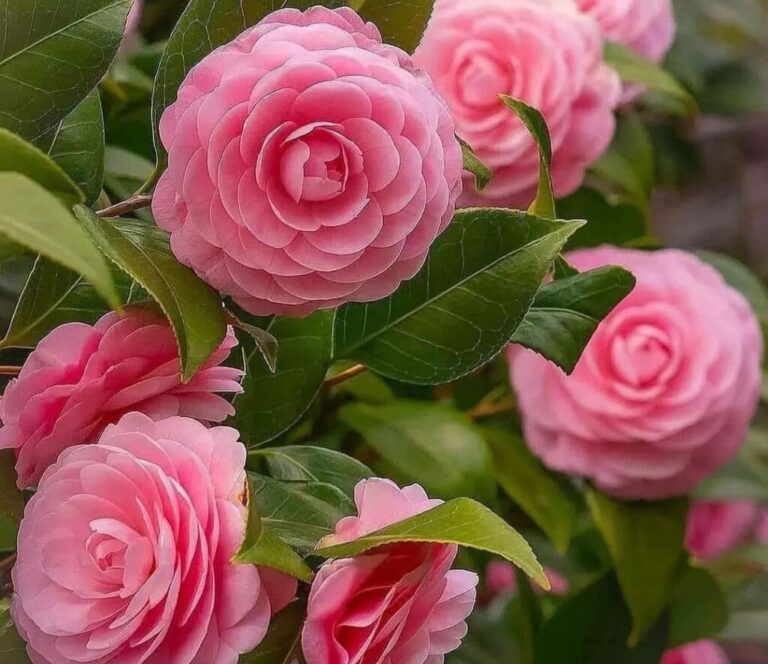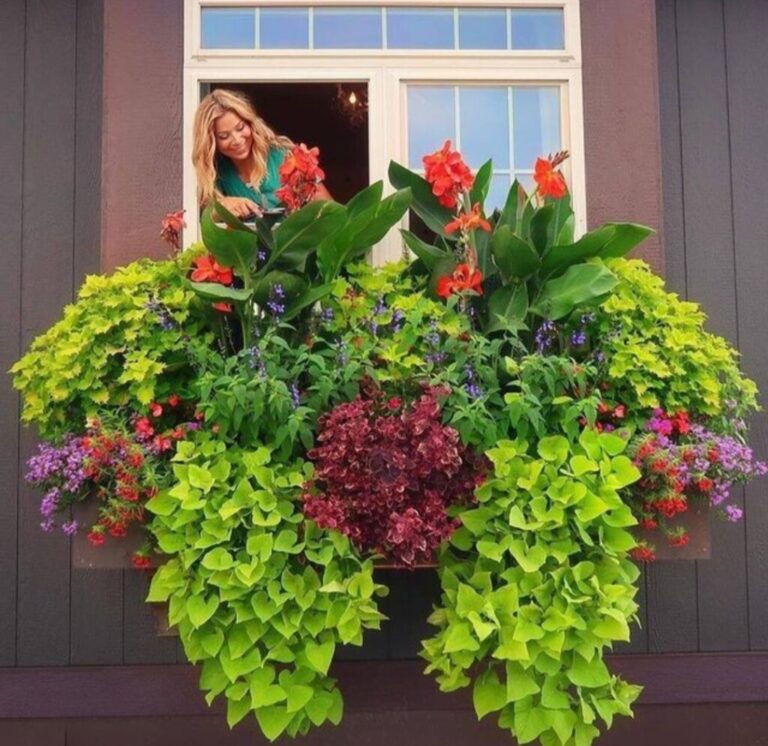Doritaenopsis orchids, a hybrid between Doritis and Phalaenopsis, are known for their stunning blooms and easy care. However, even these resilient orchids can suffer from root problems if not properly maintained. Root issues can lead to wilting leaves, stunted growth, and even the death of your plant if left unchecked. Healthy roots are the foundation of a thriving orchid, so it’s crucial to understand common problems, their causes, and how to fix them effectively.
In this guide, we will explore the 10 best powerful fixes and prevention tips to help you maintain strong, healthy roots. Whether you’re dealing with root rot, dehydration, fungal infections, or other issues, these expert tips will ensure your Doritaenopsis orchid remains vibrant and beautiful year-round.

- 1 1. Identifying Healthy vs. Problematic Roots
- 2 Prevention Tip:
- 3 2. Overwatering and Root Rot
- 4 3. Underwatering and Root Dehydration
- 5 4. Poor Airflow Leading to Root Suffocation
- 6 5. Salt Buildup from Fertilizers
- 7 6. Root Damage from Improper Repotting
- 8 7. Fungal and Bacterial Infections
- 9 8. Temperature Stress and Its Impact on Roots
- 10 9. Pests Attacking Orchid Roots
- 11 10. Choosing the Wrong Potting Mix
- 12 FAQs on Doritaenopsis Orchid
1. Identifying Healthy vs. Problematic Roots
Before you can address root problems, you need to know what healthy roots look like. Healthy Doritaenopsis roots are plump, firm, and have a greenish color when moist. When dry, they turn a silvery-white shade. These roots efficiently absorb water and nutrients, ensuring the plant stays strong. Unhealthy roots, on the other hand, appear dark brown, mushy, shriveled, or brittle. They may have a foul odor, indicating decay or disease.
Fix:
If you suspect root problems, gently remove your orchid from its pot and examine the roots. Use sterilized scissors to trim away any black, mushy, or dead roots. Avoid pulling or tearing the roots, as this can cause further damage. After trimming, allow the plant to dry for a few hours before repotting in fresh, well-draining orchid mix. Applying a natural antifungal, like cinnamon powder, can help prevent infections on freshly cut roots.
Prevention Tip:
Regularly inspect your orchid’s roots, at least once a month, to catch any early signs of trouble. When watering, take a quick look at the visible roots in a transparent pot to ensure they remain plump and healthy.
2. Overwatering and Root Rot
Overwatering is the #1 cause of root rot in Doritaenopsis orchids. Unlike terrestrial plants, orchids have aerial roots that require air circulation. When these roots sit in constantly wet conditions, they become waterlogged, suffocating and eventually rotting. Rotting roots turn soft, black, and start to break apart when touched. If left untreated, the decay will spread to the stem, killing the plant.
Fix:
Check the roots and cease watering right away if you think there may be root rot. After removing the orchid from its pot, trim off any rotten or mushy roots and disinfect the remaining, healthy roots with 3% hydrogen peroxide diluted. Before repotting, let the plant dry completely in a bark-based mix that has good drainage. Steer clear of regular potting soil since it retains too much moisture.
Prevention Tip:
Only water your orchid when the roots turn silvery-white. Always use a pot with drainage holes and allow excess water to drain out completely. If your home has high humidity, you may need to water less frequently.
3. Underwatering and Root Dehydration
Just as too much water is harmful, too little can also cause problems. Underwatered roots become dry, brittle, and shriveled. This prevents them from absorbing nutrients, leading to weak growth and yellowing leaves. Dehydration often happens when orchids are neglected for too long or placed in extremely dry conditions.
Fix:
If your orchid’s roots are severely dry, soak them in lukewarm water for 20–30 minutes. This allows the plant to rehydrate slowly without shocking it. For ongoing dehydration, increase humidity by placing the orchid near a humidity tray or a room humidifier.
Prevention Tip:
Follow a consistent watering routine based on your home’s climate. In drier environments, misting the roots lightly between waterings can help maintain moisture levels without causing rot.
4. Poor Airflow Leading to Root Suffocation
Orchid roots need proper airflow to remain healthy. If they are packed tightly in dense potting mediums, they cannot breathe properly, leading to suffocation. This can cause slow root growth, poor nutrient absorption, and increased risk of fungal infections.
Fix:
Choose a well-ventilated pot with multiple drainage holes. Transparent plastic orchid pots are ideal because they allow you to monitor root health and provide better airflow. When repotting, use a loose, airy mix such as bark, perlite, and sphagnum moss.
Prevention Tip:
Avoid compacted or water-retentive soils. If your potting mix starts breaking down into finer particles, repot your orchid immediately to restore airflow.
5. Salt Buildup from Fertilizers
Fertilizers are essential for orchid health, but excessive feeding can lead to salt buildup in the potting mix. This creates a toxic environment, burning the roots and causing tip dieback. Symptoms include brown or blackened root tips and yellowing leaves.
Fix:
Flush the potting medium with distilled water every two weeks to wash away excess salts. If your orchid has visible damage from fertilizer burn, reduce feeding and consider repotting it in fresh mix.
Prevention Tip:
Use a balanced orchid fertilizer (such as 20-20-20) at half-strength every two weeks during the growing season. Avoid overfeeding, as orchids require fewer nutrients than most plants.
6. Root Damage from Improper Repotting
Repotting is necessary for orchids, but improper handling can break fragile roots, making them susceptible to infections. Rough handling, excessive root trimming, or using old, contaminated potting mix can cause more harm than good.
Fix:
When repotting, handle the roots gently and only remove damaged portions. Use sterilized scissors, and after trimming, apply cinnamon powder or fungicide to prevent infections. Always use fresh, high-quality orchid mix to encourage new root growth.
Prevention Tip:
Repot your Doritaenopsis orchid every 1–2 years when the potting medium starts decomposing. Choose a new pot that is only slightly larger than the previous one to avoid overwatering risks.
7. Fungal and Bacterial Infections
Fungi and bacteria thrive in damp conditions, leading to black or brown spots on roots. Infections spread quickly if left untreated, causing root rot and plant death.
Fix:
Cut off affected roots and soak the remaining healthy roots in fungicide or diluted hydrogen peroxide. Let them dry before repotting in a sterile medium.
Prevention Tip:
Avoid water pooling in the pot and ensure good air circulation to discourage fungal growth.
8. Temperature Stress and Its Impact on Roots
Doritaenopsis orchids thrive in stable temperatures between 65–75°F (18–24°C) during the day and slightly cooler at night. Extreme fluctuations—such as exposure to cold drafts, excessive heat, or sudden temperature drops—can shock the plant and negatively affect root health. Stress weakens root growth, making them more prone to disease, dehydration, or rot.
Fix:
If your orchid is experiencing temperature stress, relocate it to a stable environment away from direct heat sources, cold drafts, or sudden temperature fluctuations. Keep it in a bright, warm spot with indirect sunlight and monitor temperature levels using a thermometer.
Prevention Tip:
Avoid placing your orchid near air conditioners, radiators, or open windows during winter. If temperatures drop too low, use a heat mat underneath the pot to maintain root warmth. Maintaining stable conditions will prevent shock and encourage continuous healthy root development.
9. Pests Attacking Orchid Roots
Root-damaging pests, such as fungus gnats, mealybugs, and root aphids, can silently wreak havoc on your orchid’s root system. These pests feed on the tender root tips, leading to poor absorption of water and nutrients. Signs of an infestation include stunted growth, yellowing leaves, and declining health despite proper care.
Fix:
If you suspect pests, unpot your orchid and inspect the roots for signs of insects. Rinse the roots with lukewarm water and treat them with insecticidal soap or neem oil. For severe infestations, use a systemic insecticide to eliminate hidden pests inside the potting medium.
Prevention Tip:
To deter pests, keep the growing area clean and avoid overwatering, as damp conditions attract fungus gnats. Placing a sticky trap near your orchid can help monitor for flying pests before they become a serious problem.
10. Choosing the Wrong Potting Mix
Using an improper potting mix can be one of the biggest causes of root problems. Doritaenopsis orchids need a light, airy mix that promotes good drainage and prevents root suffocation. Dense soil or peat-based mediums retain too much water, leading to rot, while overly dry mixes can cause dehydration.
Fix:
If your orchid is struggling, repot it using a specialized orchid mix containing bark, perlite, and sphagnum moss. Avoid compacted soils, as they prevent proper airflow. If using moss, ensure it’s not packed too tightly, as it can retain excessive moisture.
Prevention Tip:
Refresh your orchid’s potting mix every 1–2 years to maintain optimal conditions. If you notice the mix breaking down or compacting, repot sooner to provide fresh aeration for the roots.
Caring for Doritaenopsis orchid roots is essential for a healthy plant and long-lasting blooms. By following these 10 powerful fixes and prevention tips, you can ensure strong root growth and vibrant flowers year after year. Regular monitoring, proper watering, and good airflow are key to avoiding common root problems.
By implementing these expert techniques, your Doritaenopsis orchid will not only survive but thrive with stunning flowers and healthy roots for years to come!
FAQs on Doritaenopsis Orchid
What is a Doritaenopsis Orchid?
A Doritaenopsis Orchid is a hybrid between Phalaenopsis and Doritis orchids, combining the best traits of both. It features long-lasting blooms in vibrant colors, making it a favorite among orchid lovers. Due to its easy-care nature, the Doritaenopsis Orchid is perfect for beginners looking to grow orchids indoors.
How do I care for a Doritaenopsis Orchid?
Caring for a Doritaenopsis Orchid involves providing bright, indirect sunlight, maintaining humidity levels between 50-70%, and watering properly. The Doritaenopsis Orchid thrives in temperatures between 65-80°F (18-27°C) and benefits from a well-draining orchid mix. Regular fertilization and repotting every two years help keep the Doritaenopsis Orchid healthy.


